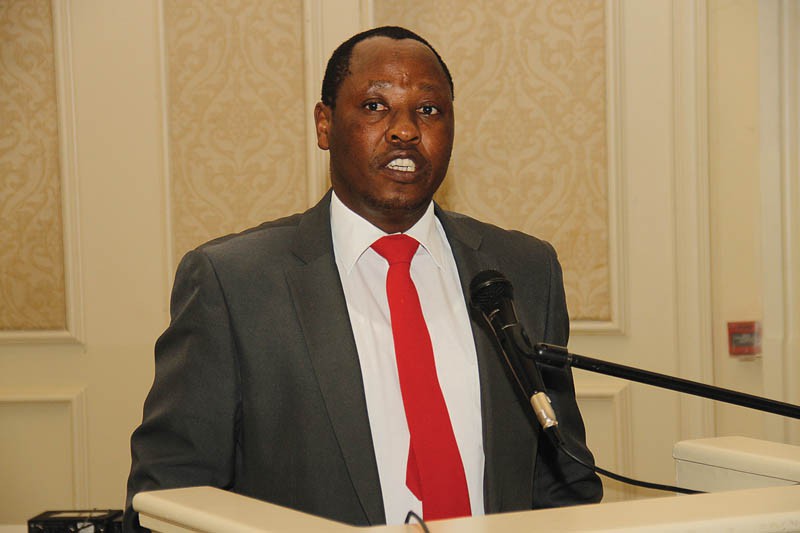Access to financial services improves
Brian Benza | Thursday July 16, 2015 18:04


According to the Finscope consumer survey conducted by Finmark Trust, financial inclusion has increased to 76 percent from 69 percent in 2009 with increased access to formal banking services, microlenders, Posocards and informal services such as Metshelo driving the growth.
The survey, which was conducted between October and December last year sampling 1,503 respondents from Botswana’s total population of 1.3 million adults, aimed to gauge financial inclusion by measuring the proportion of the population using both formal and informal financial services and products.
While an estimated 128,000 bank accounts were closed between 2009 and 2014 mainly due to job losses, the proportion of the Batswana that are now banked rose five percentage points to 50 percent.
In absolute terms, the number of people that are now banked has increased to 656,614 from 524,969 in the last survey in 2009.
“Financially included adults increased from 812 thousand in 2009 to one million in 2014 driven by the number of people using transaction products including Mobile & Internet banking, ATM/Bank cards including current/cheque account).
“ Uptake of other formal non-bank products increased from 37% to 56% - driven by PosoCards, usage of remittances channels and mobile money,” said Information and Research specialist at Finmark Trust, Jabulani Khumalo at the launch of the survey results in Gaborone this week.
Accoridng to the Survey, the majority (67 percent) of the banked population opened banking accounts for safety reasons while 39 percent opened them to receive salaries.
The percentage that is exclusively financially served through formal non-bank products and services such as micro lenders, mobile money and insurance only went up by one percentage point to 18 percent, indicating that the boom in mobile money was mostly uptaken by people that are already banked.
Uptake of informal financial services such as Metshelo and burial societies also went up by a marginal one percent to eight percent.
With 76 percent of the population financially served, Botswana has the fifth highest financially included population in SADC.
However, the profile of the 24 percent suggests reluctance by financial services providers to extend services to remote and marginalised settlements.
From the 318,000 that are financially excluded, the majority of them stay in the villages and are uneducated with no regular income.
The profile of the excluded adults shows that most of them might not be able to afford financial services, hence the reluctance by banks and other institutions to extend services to such areas for profitability reasons.
“94 percent of Batswana have access to a cellphone, but only seven percent of the unbanked population are using the highly flexible mobile money.
“This might be a sign that mobile money charges are too high. That is why we are recommending that there is need for Public Private Partnerships (PPPs) if we are to extend financial services to the marginalised,” added Khumalo.
Financial inclusion has been identified as key to achieving inclusive growth through provision of basic financial services to the people.
Government has also conducted a systematic diagnostic analysis, ‘Making Access Possible (MAP)’ with the view to developing a comprehensive financial inclusion road map.
It is estimated that there are still some 2.5 billion people who are financially excluded globally, while in SADC the figures are projected to stand at 34 million adults.
